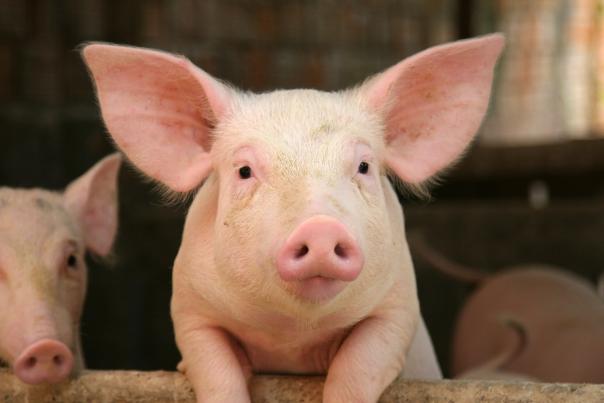
After years of delays, the Government has produced proposals for new legislation on the use of antibiotics on farms. They will be weaker than the European regulations that came into force in January 2022 despite repeated pledges that it would align with the EU on this issue.
Cóilín Nunan, scientific advisor to the Alliance to Save Our Antibiotics, commented: “Some proposed measures are welcome and long overdue. But the Government has deliberately weakened the legislation, in comparison to the EU’s, which will allow some poorly run farms to keep on feeding large groups of animals antibiotics, even when no disease is present.
“The Government insists that farmers should be allowed to feed groups of animals prophylactic antibiotics because some may still need to make improvements to their management practices to get disease problems under control.
“At the same time it is saying that farmers cannot use antibiotics to compensate for poor farm management. The Government’s position is inconsistent and raises serious questions about how seriously the legislation will be implemented in practice.”
Over the past decade many farms in the UK have made progress on reducing antibiotic use by 59% but per pig it is still around twice as high as in France and Denmark, nearly three times as high in the Netherlands and over four times as high in Sweden.
ASOA is calling for the Government to cut farm antibiotic use by 40% by 2030. Scientific evidence shows that the overuse of antibiotics on farms has contributed to antibiotic resistance in many different types of human infections.
It is also asking for practices such as tail docking of piglets, or the use of farrowing crates, which are used to cage sows from a few days before they give birth until their piglets are weaned, should be phased out. The ASOA believes that the space allowances for all animals housed indoors should be increased.